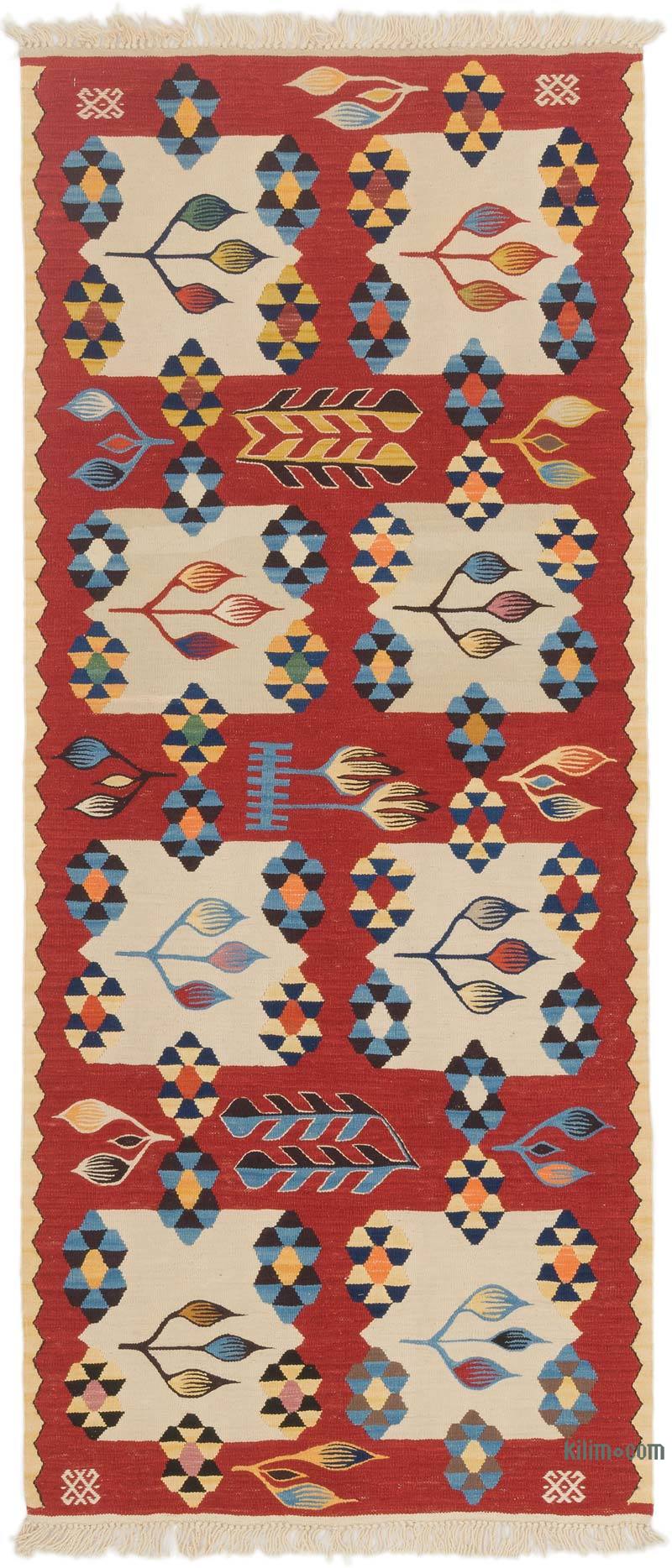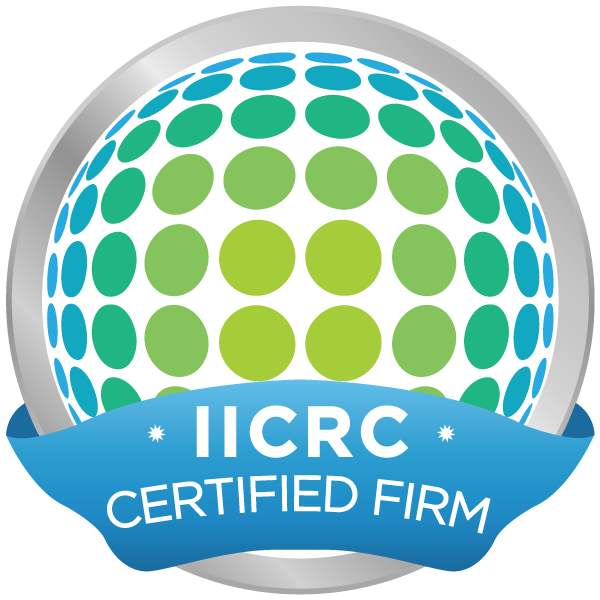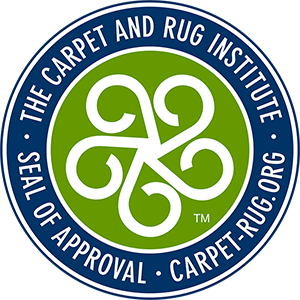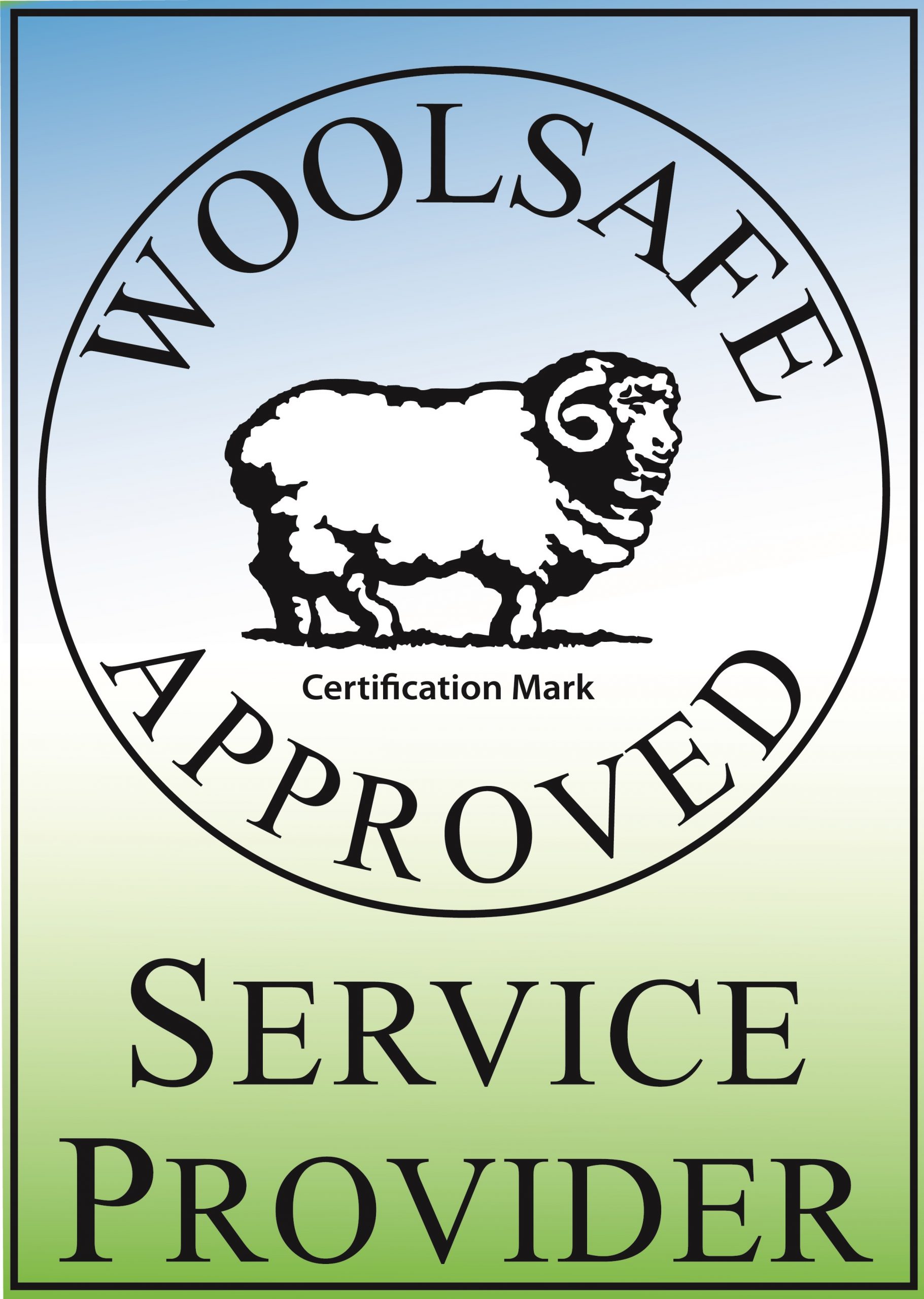
Exploring the Timeless Charm of Kilim
With their rich history and vibrant patterns, Kilims have long been a staple in home décor. These flat-woven rugs, originating from regions like Turkey, Persia, and the Balkans, are more than just floor coverings; they are a testament to centuries-old craftsmanship and cultural heritage. In this week’s blog post, Oriental Rug Salon’s Rug Master shares the history of Kilims and why they are the perfect choice for any home decor.
The Historical Significance of Kilims
Kilims are not just rugs; they are woven narratives of the lives and traditions of the people who make them. Historically, kilims were used for various purposes, including prayer rugs, wall hangings, and saddlebags. Each region has its distinct style, with patterns and colors that tell stories of tribal affiliations, social status, and local myths.
Characteristics of Kilims
Unlike piled rugs, kilims are flat-woven, which gives them a lighter and more flexible texture. Authentic, collectible Kilims are made from wool. The patterns in kilims are created using a slit-weave technique, resulting in sharp geometric designs and bold, contrasting colors.
Trending Kilims in Contemporary Design
In recent years, kilims have grown in popularity thanks to their versatility and interest in sustainable and artisanal home décor. Trending kilims often feature modern interpretations of traditional patterns, focusing on minimalist designs and muted color palettes. These contemporary kilims blend seamlessly with various interior styles, from bohemian to Scandinavian and “Oriental.”
Incorporating Kilims into Your Home
Kilims can add warmth, texture, and a touch of global flair to any room. Here are some tips on how to incorporate them into your living spaces:
As a Focal Point: Use a vibrant kilim as the centerpiece of your living room or bedroom to anchor the space and add visual interest.
Layering: Layer a kilim over a larger, neutral rug to create depth and contrast.
Wall Art: Hang a kilim on the wall as a statement piece that doubles as art.
Textile Mix: Pair kilims with other textiles, such as cushions, throws, and curtains, to create a cohesive and textured look.
Caring for Your Kilim
Proper care is essential to ensure your kilim retains its beauty. Regular vacuuming, spot cleaning with a mild approved spotter, and professional cleaning by Oriental Rug Salon, when necessary, will keep your kilim looking vibrant for years.
Kilims Match Any Decor
Kilims uniquely blends tradition, artistry, and contemporary style. Incorporating these beautiful rugs into your home adds a touch of global charm and supports the artisans and the rich cultural heritage they represent. So, why not explore the world of kilims and find the perfect piece to elevate your living spaces?
Frequently Asked Questions About Kilims
What makes kilims different from other rugs?
Kilims are flat-woven, meaning they don’t have a pile, giving them a lighter and more flexible texture than piled rugs. A kilim rug’s advantage over some of its counterparts is its reversibility. As the design is the same on both sides – unlike rugs with piles – they can be flipped and used interchangeably, extending the rug’s lifespan.
Can kilims be used in high-traffic areas?
Yes, kilims are durable and can be used in high-traffic areas, but it’s important to choose one made from 100% wool and care for it properly. Their hard-wearing, tightly woven construction makes them a practical choice for high-traffic areas in your home, like hallways or living rooms. Just remember – due to their lighter build, they do require a non-slip rug pad to prevent movements.
What Is a Kilim Pattern?
Kilim rugs are often identifiable by their unique geometric patterns. While standard piled rugs may mimic the traditional patterns associated with kilim designs, they will not match a kilim’s vibrancy, clarity, or weave design. The flatweave of the rug allows for a more distinct image of the tribal motifs and symbols.
How can I tell if a kilim is authentic?
Authentic kilims are handmade, so look for signs of craftsmanship, such as irregularities in the weave and natural variations in color. Kilim rugs are pileless. They’re woven flat, setting them apart from piled rugs. A finished kilim will have a more defined, graphic look with clearly delineated designs.
Oriental Rug Salon – Experts in Oriental and Persian Area Rug Cleaning
Annually, Oriental Rug Salon cares for thousands of area rugs for rug owners, interior designers, rug collectors, insurance and restoration companies, and Oriental rug retailers. As a Certified Partner with the prestigious Institute of Inspection, Cleaning and Restoration Certification (IICRC), the International Carpet and Rug Institute (CRI), and a WoolSafe Approved Service Provider, our professionals, supervised by a Rug Master, are experienced in all textile types.
For more information about Oriental Rug Salon and our rug washing, repair, and appraisal services, please visit us at https://orientalrugsalon.com/ or call us at 239-424-8171. Also, be sure to visit us on Facebook at https://www.facebook.com/OrientalRugSalon/



